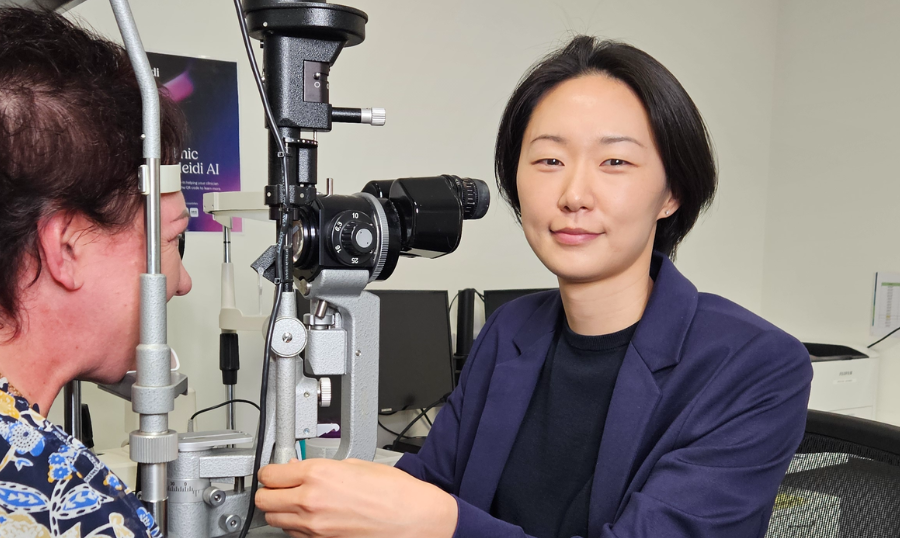Auckland Eye Welcomes Cornea and Anterior Segment Specialist Dr Bia Kim
Auckland Eye is pleased to welcome Dr Bia Kim, a highly trained Cornea and Anterior Segment Specialist, to our team.

As adults, most of us regularly wear sunglasses to protect our eyes from the damaging UV rays of the sun. How often do we see young children wearing sunglasses though? “No where near often enough”, say our paediatric ophthalmologists, Dr Justin Mora and Dr Yvonne Ng.
No doubt parents have every intention for their children to wear sunglasses when outside. In fact, many parents may have even bought sunglasses for their children. Why then is the usage of them so infrequent? Perhaps because it can often be a battle and when a tired parent (who might already be dealing with a number of other challenges with their young child – sleep, food etc) is faced with a toddler whose bottom lip starts wobbling in preparation for a tantrum at the very “unreasonable” suggestion of wearing their sunglasses, it is understandably easier to give in.
Trying to get your children to wear sunglasses may also be seen as a non-issue as children’s eyes simply don’t seem as sensitive to sun exposure when compared to our adult eyes. Given this, do we really want to add an extra battle to our lives, especially if our kids seem to be absolutely fine without them? Well, as far as battles go, this one is probably worth fighting for.
Children’s eyes are clearer than adult eyes, which allows more light to reach the retina. This makes them much more vulnerable to UV and HEV (Blue light) ray damage. The damage to the lens and the retina (which sits behind the lens) generally does not present immediately, but tends to accumulate over a matter of years and become a precursor to age-related conditions such as cataracts (the clouding of the lens) and macular degeneration, which is the progressive degeneration of the retina. Whilst cataracts can be removed and the lens replaced, there is no known cure for macular degeneration, which remains the leading cause of blindness in adults over the age of 65 years.
For our Kiwi kids, living in New Zealand directly under that giant hole in the ozone layer makes protective eyewear even more important. Sunglasses do not have to be expensive to provide the necessary protection. The important things to look out for in sunglasses is that they block over 99% of both UVA and UVB rays, so do check the label carefully. Unfortunately, there are no compulsory standards for sunglasses in New Zealand yet, so it is safest to purchase those which have the tag to show they meet Australian/New Zealand standard AS/NZS 1067:2003, Category 3 on them. In addition, sturdy glasses with bendable and strong frames, that fit snugly and wrap around the eyes will do the job well. So, in addition to slopping on sunscreen and wearing a wide-brimmed hat, if you can slide a pair of sunglasses on your child, their eyes will thank you for it….and if your child is old enough to choose for themselves, they may be more inclined to want to wear them too!

Auckland Eye is pleased to welcome Dr Bia Kim, a highly trained Cornea and Anterior Segment Specialist, to our team.

Discover how Auckland Eye is redefining inclusive healthcare by launching New Zealand’s first assistive website toolbar.

Macular degeneration is a leading cause of vision loss in older adults. There’s no cure, but its progression can be slowed. Here’s what to know.